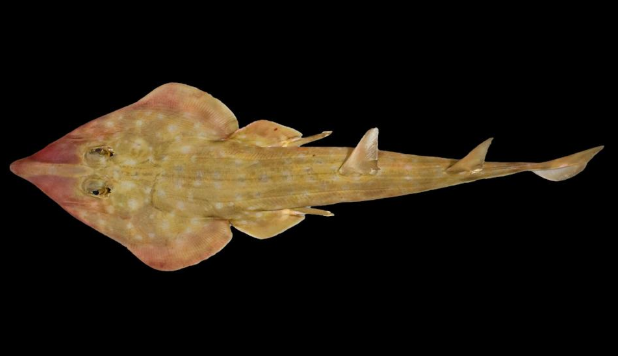A common mistake in the animal kingdom is the usage of ‘poisonous’ versus ‘venomous.’ “Careful, that snake is poisonous,” someone might say, but according to nps.gov, “Poison is a toxin that gets into the body by inhaling, swallowing, or absorption through the skin. Venomous: it’s when the toxin is injected into you.”
This means, when a spider bites you, it isn’t injecting poison. That’s venom going into your body. All spiders have it, even if some of your eight-legged friends are considered deadly or some are regarded as non-threatening. If you think of spiders that are labeled deadly, you may first think of the gorgeous black widow, Latrodectus hesperus, or the fatal brown recluse, Loxosceles reclusa. Rumors have it that a spider much more dangerous lives right under your nose, prowling suburbs and cities worldwide.

The Cellar spider, Pholcus phalangioides, commonly known as the Daddy Long-legs, is the subject of this rumor. It is said that this long-legged spider is one of the most venomous spiders on Earth, capable of killing grown humans with the strength of the toxin; however, its fangs are too small to penetrate skin.
This myth also applies to Harvestmen, which are animals in the order Opiliones. One trait that Harvestmen and Cellar spiders share is their remarkably long limbs, as well as their little bodies. The truth is, Harvestmen really aren’t spiders at all, which completely eliminates them from possibly being the world’s most venomous spiders. Harvestmen aren’t in the same order as spiders, Aranea. Instead, they are more closely related to mites.
The question remains; are Harvestmen and Cellar spiders some of the most venomous arachnids? To put it simply, no. Sorry to disappoint. They do not possess venom capable of posing any threat to humans whatsoever, and are not known to bite people.
Instead, they use their venom to subdue prey. What Cellar spiders consider to be prey are other small arthropods, like spiders and crane flies. Harvestmen are scavengers, feeding on carrion and small insects such as aphids. These two arachnids eat arthropods that are sometimes considered pests, so if you see these long-legged critters, be kind and wave hello!










































